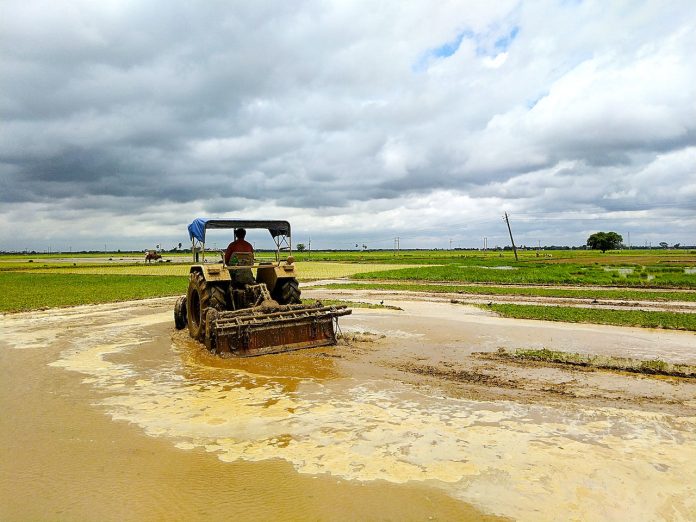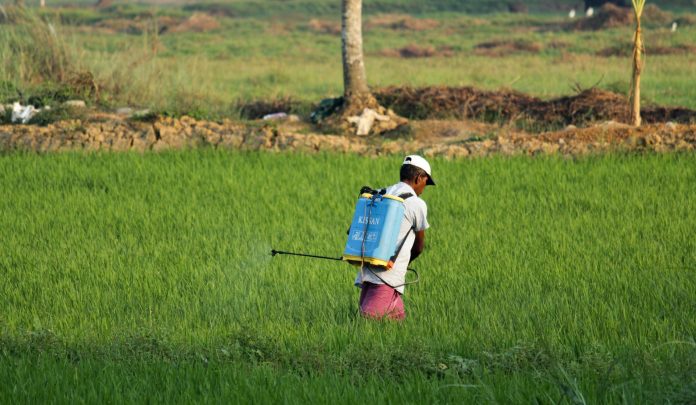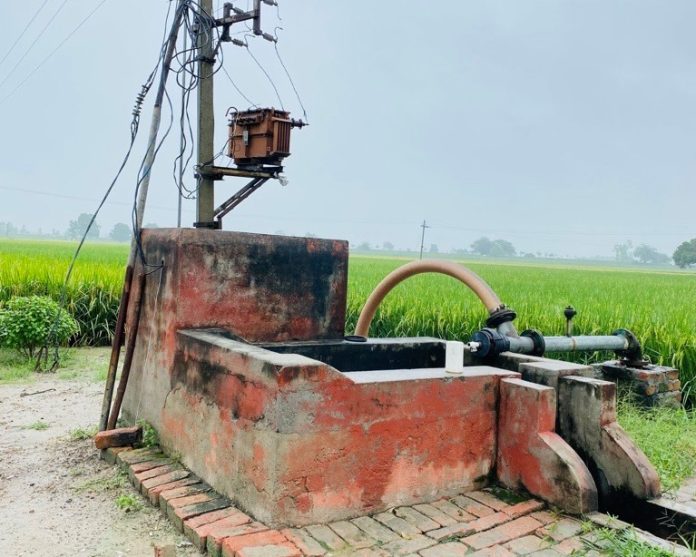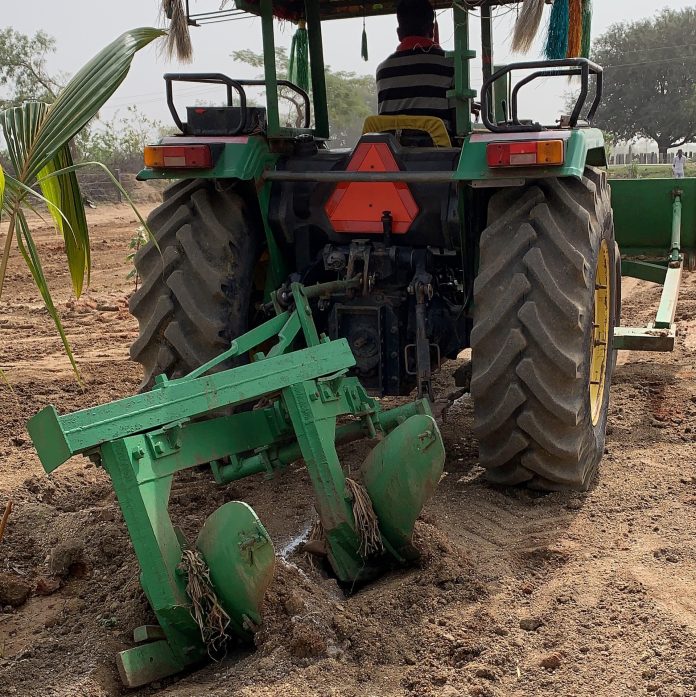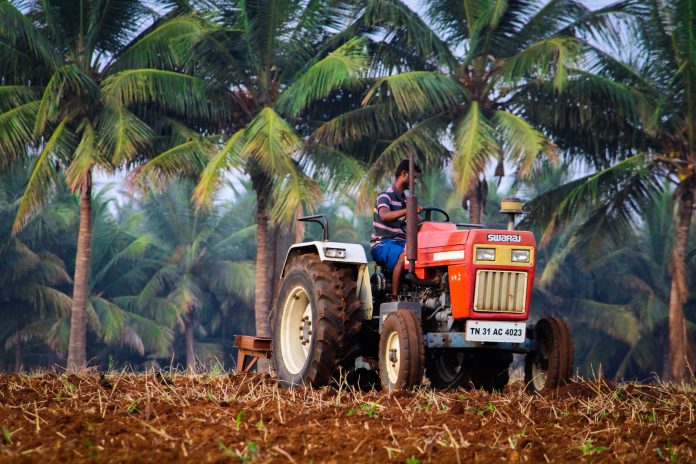The UP Krishi Yantra Subsidy Yojana is a scheme initiated by the UP-Agriculture Department to helps the farmers in the state. The scheme helps them to buy the farming and agriculture tool and equipment at a reduced-price rate. Under this scheme the equipment will be available to every farmer who belong to the marginal, backward or small classes in the state. By providing help with the farming devices and agricultural tools, the scheme helps the farmers to improve their income and lead a better life.
UP Krishi Yantra Subsidy Yojana – An Overview
Scheme Name – UP Krishi Yantra Subsidy Yojana
Scheme Modification Date – 2022
Type of Government Scheme – State Government
Website – https://upagriculture.com
Helpline Nos – 7554935001
Features of the UP Krishi Yantra Subsidy Yojana
| Sr. Nos | Details about UP Krishi Yantra Subsidy Yojana | |
| 1 | How much subsidy will the farmers get under this scheme? | About 50% |
| 2 | How can farmers make use of the scheme to buy machinery? | Use the token-like facility for pre-booking. |
| 3 | What are the machinery that you get through the grant? | Machines like multi-crop thresher, power chaff cutter, tractor mount spare, power tiller, and laser land leveller. |
| 4 | Will farmers benefit if they shift to modern farming from traditional farming? | Yes, they will. |
What are the benefits of UP Krishi Yantra Subsidy Yojana?
The essential advantages of the schemes for the farmers are:
- The scheme offers the agricultural equipment at a reduced price to the farmers. They can get a token from the official website and add more to their savings. It is a huge help for farmers who can’t afford the modern-day machinery, but need it to improve their farm produce and make increased profits.
- The small and marginal farmers will see a visible improvement in their farming and overall life.
- When the farmer makes use of the devices available under this scheme and they will notice a remarkable increase in their earning. It will add speed to the farming processes and enable them to use the extra time in order works, which can help in earning an extra income.
- The income increase will soon translate into a better lifestyle which is also the aim of the scheme.
How to apply?
The farmers can apply for the scheme online with the following steps:
Step 1 – Visit the official website
Step 2 – The brother of the farmer will need to select a token for the machinery.
Step 3 – After that the farmer needs to choose the district and enter the registration number.
Step 4 – After that the farmer should choose the search button and choose the equipment.
Step 5 – The farmer needs to add the necessary details like mobile number to get the token.
Step 6 – After this a SMS will be sent to the mobile for the pre-booking details.
Step 7 – Based on the scheme budget, the SMS gets sent to the farmer’s mobile number as well
What are the documents that are required?
- The farmers are required to share their mobile number and the registration details to avail the scheme.
UP Krishi Yantra Subsidy Yojana enables the marginal and weak farmers to get advanced machinery at a low-price and have a good quality farm produce. It leads to better earning and an improved lifestyle.
Note: The information contained herein is for informational purposes only. Nothing herein shall be construed to be financial or legal advice. Pesticides are a considerable risk of loss in crops and viewers are advised to do their own research before making any decisions.

